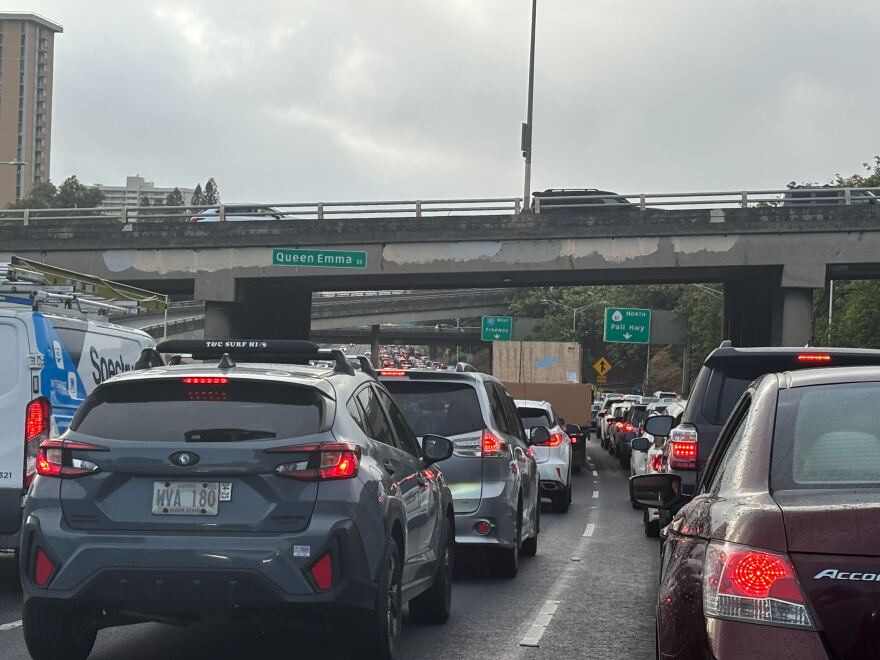State officials said efforts to evacuate tsunami impact zones were mostly successful, but said some changes to planning and messaging could help in the future.
Following the tsunami warning Tuesday, many took to the roads to head to higher ground, find provisions, or meet up with loved ones. The resulting traffic slowed to a crawl, especially in densely populated areas.
Some cars reportedly took an hour or more to move just a couple blocks.
The state Department of Transportation said that it will improve its messaging in the future to reduce traffic and ensure that those trying to leave unsafe locations have the ability to do so.
“If you're not in an inundation zone, check the traffic before you leave to check and see if your way is clear to get home. And if it is, by all means, take that way to go home. If not, if you're safe, stay there,” said DOT Director Ed Sniffen.
Those who were on the road but not evacuating contributed to the gridlock traffic in some areas.
“It would've been a lot more efficient for people to just stay where they were in safe locations. Let the traffic die down for the people who are trying to get out of those inundation zones and into safe areas, and then make their way home in 20 minutes versus 2.5 hours."
Otherwise, traffic was mostly seen as a positive.
Congestion eased and roads across the state cleared before the first tsunami impact was projected to reach the islands just after 7 p.m., Sniffen reported. He said there was little road rage and only a few minor traffic accidents.
He said officials adjusted the timing of traffic signals, and state and county agencies sent staff — namely police officers — to help the traffic along.
For the future, he wants to improve the department's ability to know where to send staff and which lights to change.
Also, in an effort to clear up roadways, Sniffen wants to encourage people to take public transportation in these situations. He said ridership was up Tuesday afternoon on TheBus, TheHandi-Van, and the rail.






